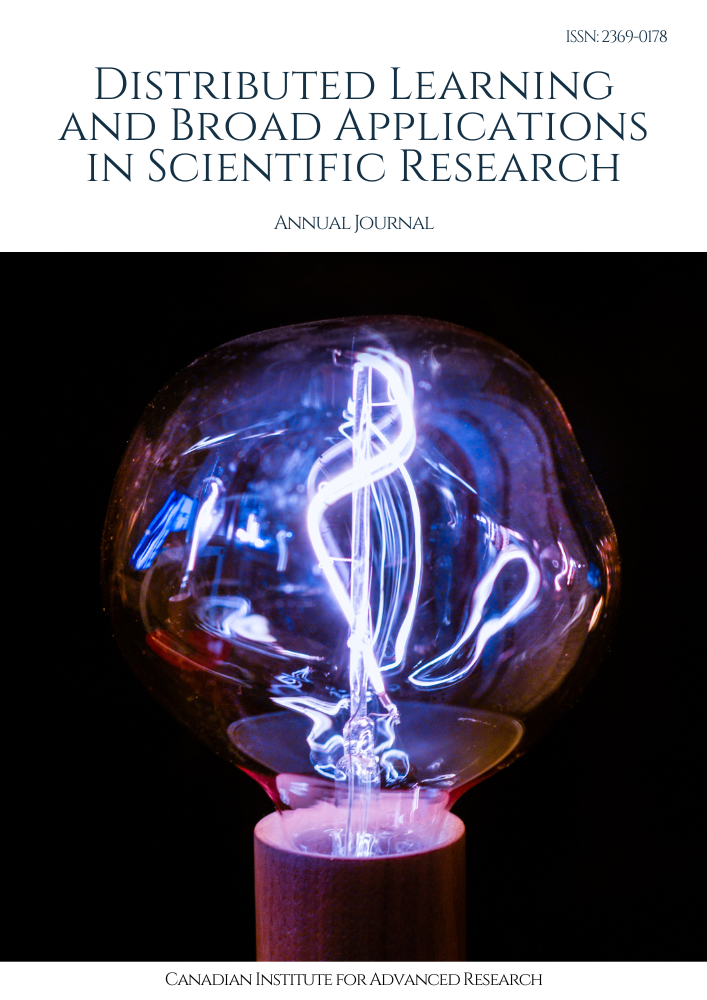Cognitive Robotics - Perception and Action Integration: Examining cognitive robotics systems integrating perception and action capabilities to achieve intelligent behavior in robots
Keywords:
Cognitive robotics, perception, actionAbstract
Cognitive robotics aims to imbue robots with human-like cognitive abilities, enabling them to perceive, reason, and act intelligently in complex environments. One key aspect of cognitive robotics is the integration of perception and action capabilities, allowing robots to seamlessly perceive their surroundings and act accordingly. This paper provides a comprehensive overview of cognitive robotics systems that integrate perception and action, highlighting their design principles, challenges, and applications. We discuss various perception mechanisms, such as sensor fusion and environment modeling, and how they are integrated with action planning and execution. Additionally, we explore the role of artificial intelligence (AI) techniques, such as machine learning and planning algorithms, in enhancing the perception-action integration in cognitive robots. The paper concludes with a discussion on future research directions and the potential impact of perception-action integration on the field of robotics.
Downloads
References
Tatineni, Sumanth. "Applying DevOps Practices for Quality and Reliability Improvement in Cloud-Based Systems." Technix international journal for engineering research (TIJER)10.11 (2023): 374-380.
Downloads
Published
Issue
Section
License

This work is licensed under a Creative Commons Attribution-NonCommercial-ShareAlike 4.0 International License.
License Terms
Ownership and Licensing:
Authors of research papers submitted to Distributed Learning and Broad Applications in Scientific Research retain the copyright of their work while granting the journal certain rights. Authors maintain ownership of the copyright and have granted the journal a right of first publication. Simultaneously, authors agree to license their research papers under the Creative Commons Attribution-NonCommercial-ShareAlike 4.0 International (CC BY-NC-SA 4.0) License.
License Permissions:
Under the CC BY-NC-SA 4.0 License, others are permitted to share and adapt the work, as long as proper attribution is given to the authors and acknowledgement is made of the initial publication in the journal. This license allows for the broad dissemination and utilization of research papers.
Additional Distribution Arrangements:
Authors are free to enter into separate contractual arrangements for the non-exclusive distribution of the journal's published version of the work. This may include posting the work to institutional repositories, publishing it in journals or books, or other forms of dissemination. In such cases, authors are requested to acknowledge the initial publication of the work in this journal.
Online Posting:
Authors are encouraged to share their work online, including in institutional repositories, disciplinary repositories, or on their personal websites. This permission applies both prior to and during the submission process to the journal. Online sharing enhances the visibility and accessibility of the research papers.
Responsibility and Liability:
Authors are responsible for ensuring that their research papers do not infringe upon the copyright, privacy, or other rights of any third party. Scientific Research Canada disclaims any liability or responsibility for any copyright infringement or violation of third-party rights in the research papers.
If you have any questions or concerns regarding these license terms, please contact us at editor@dlabi.org.



